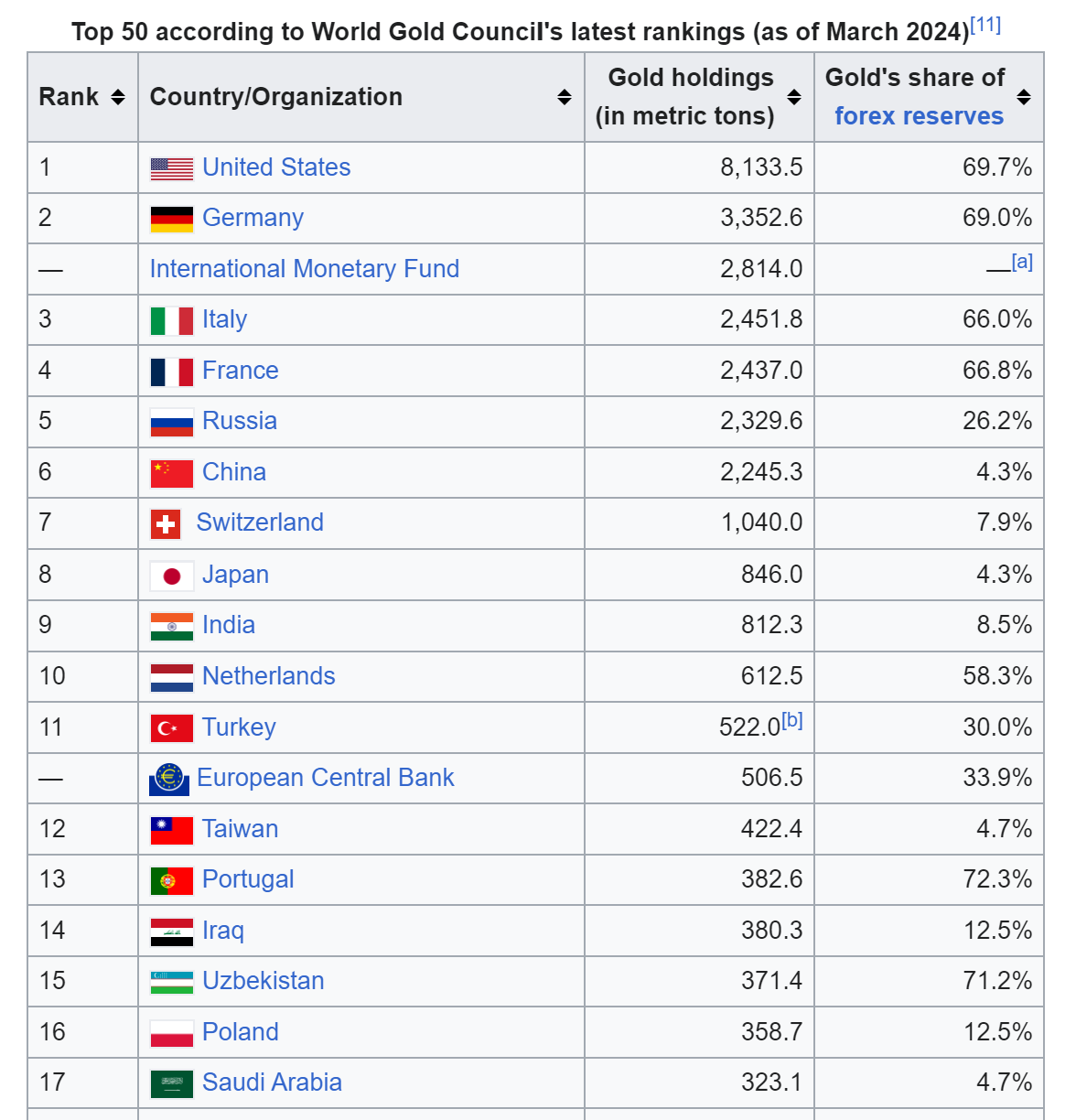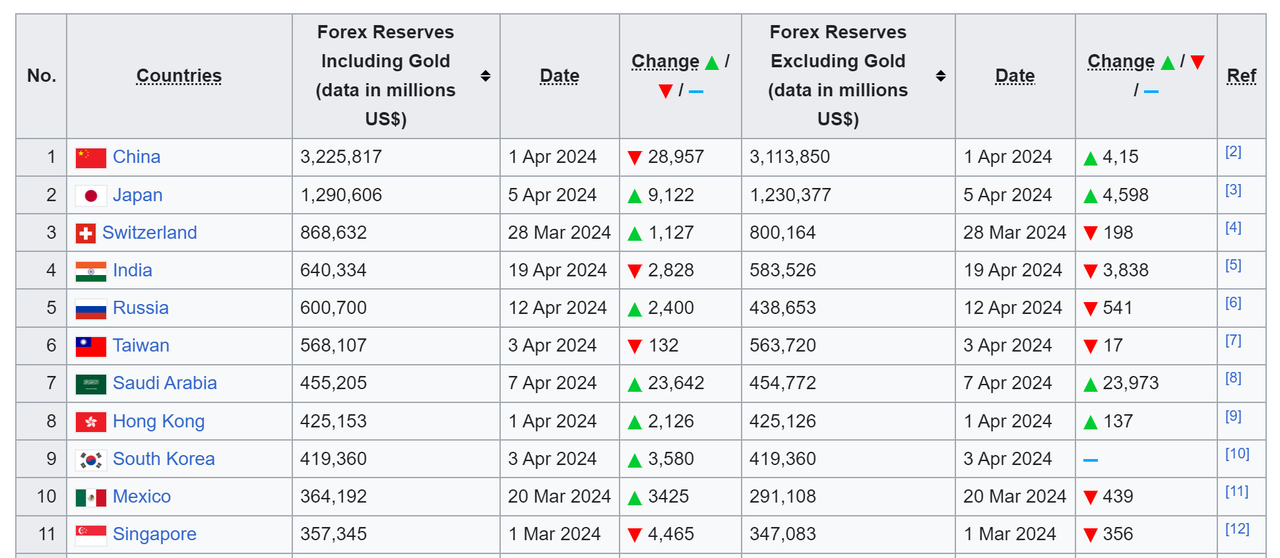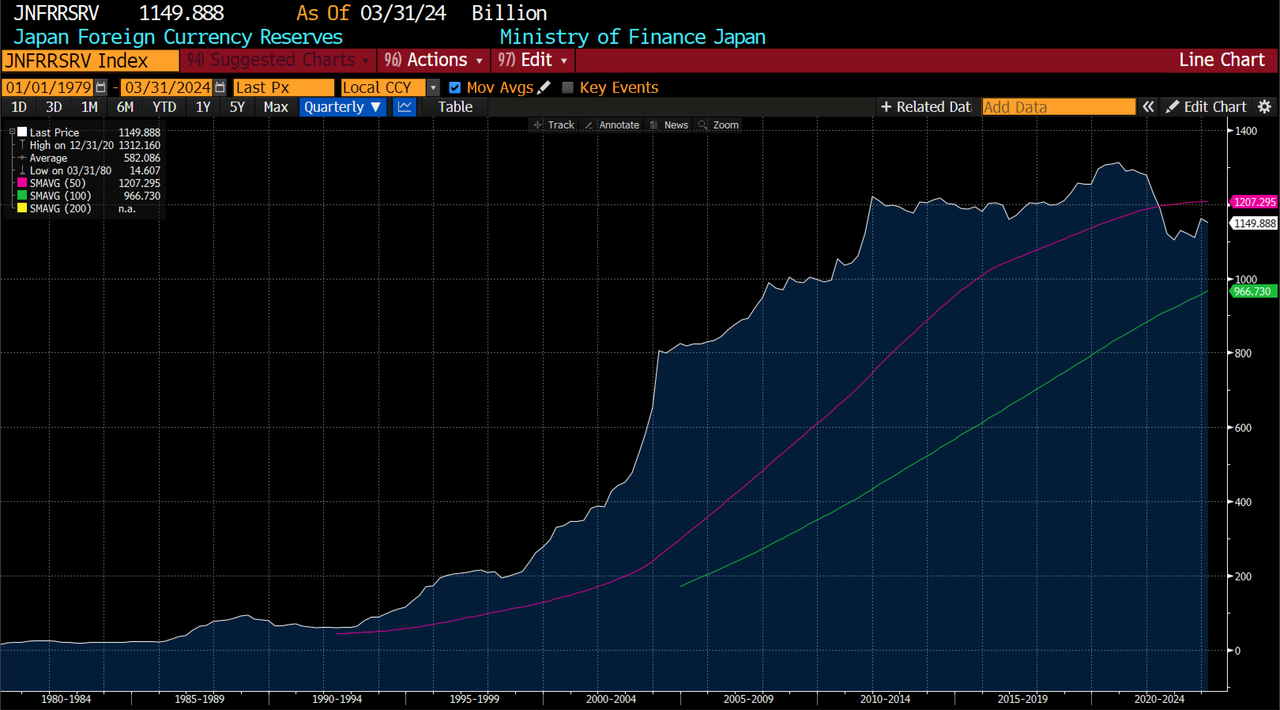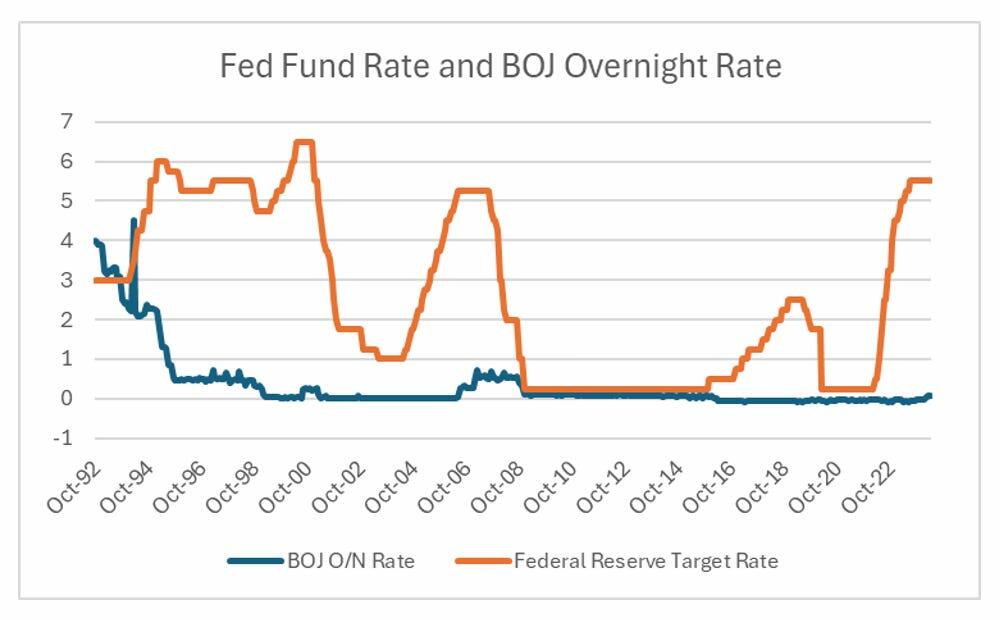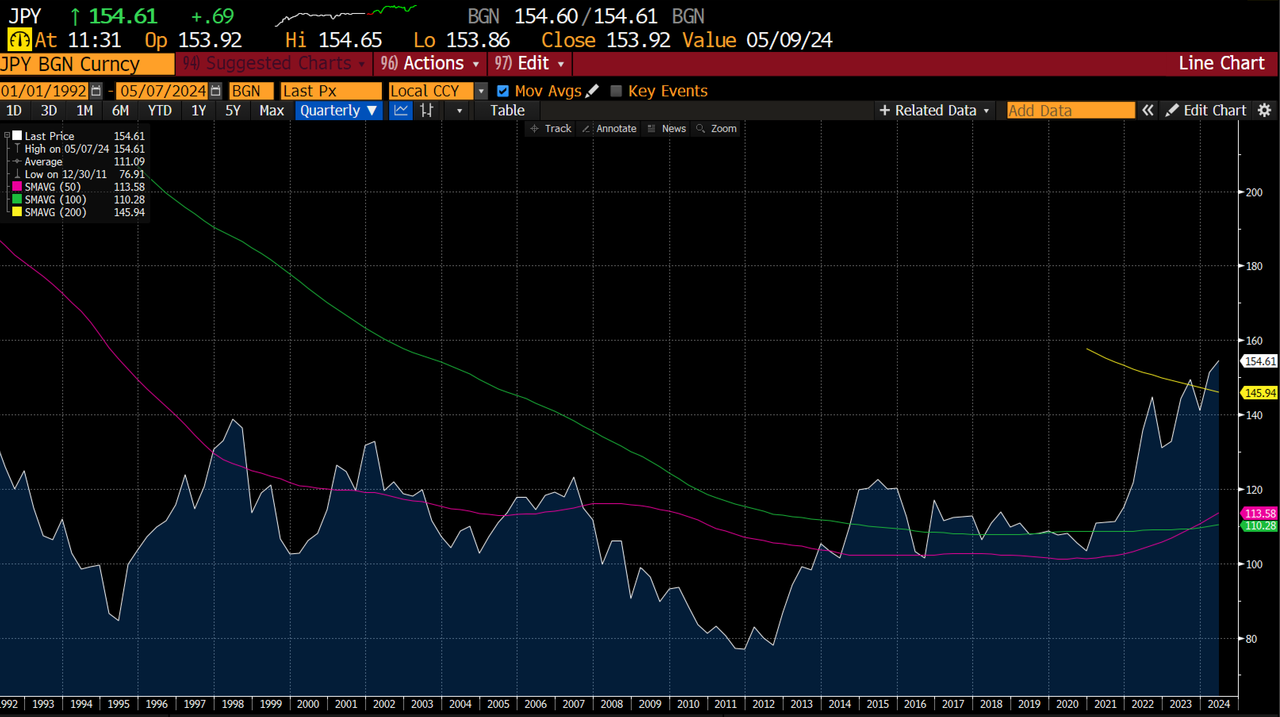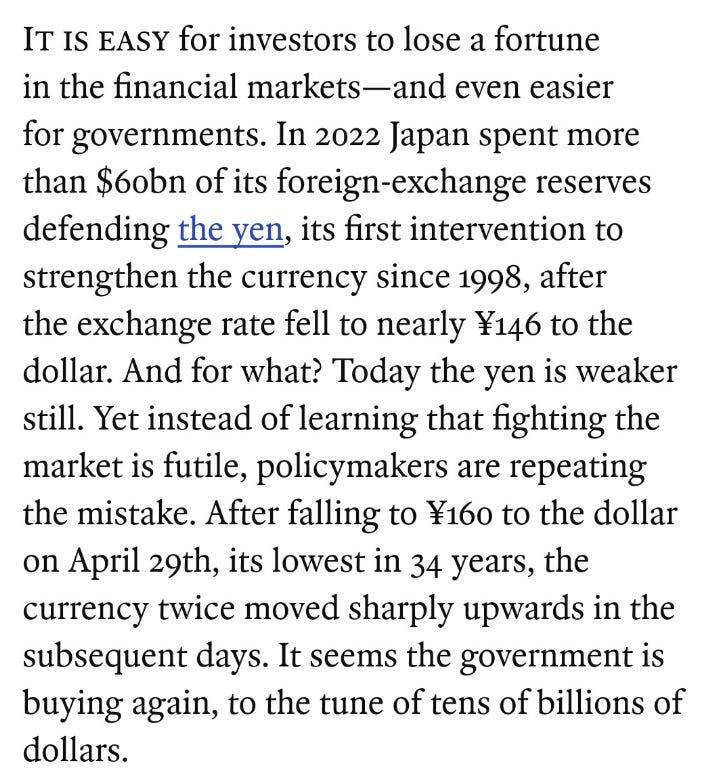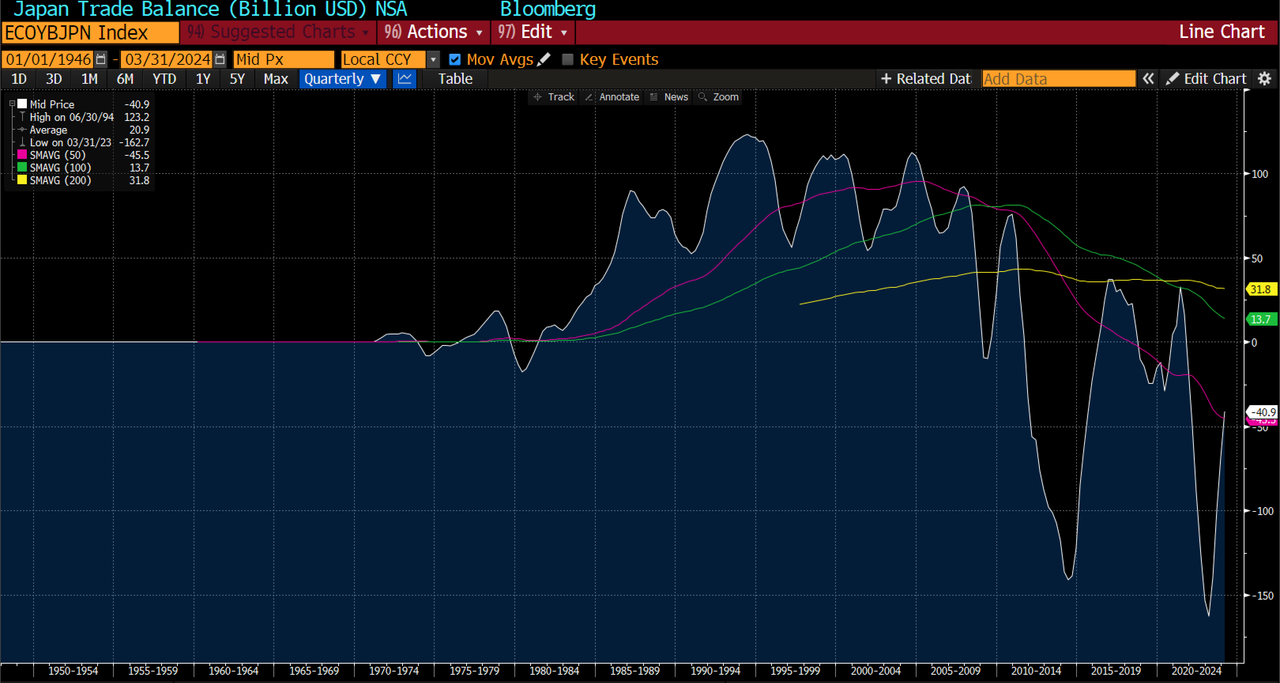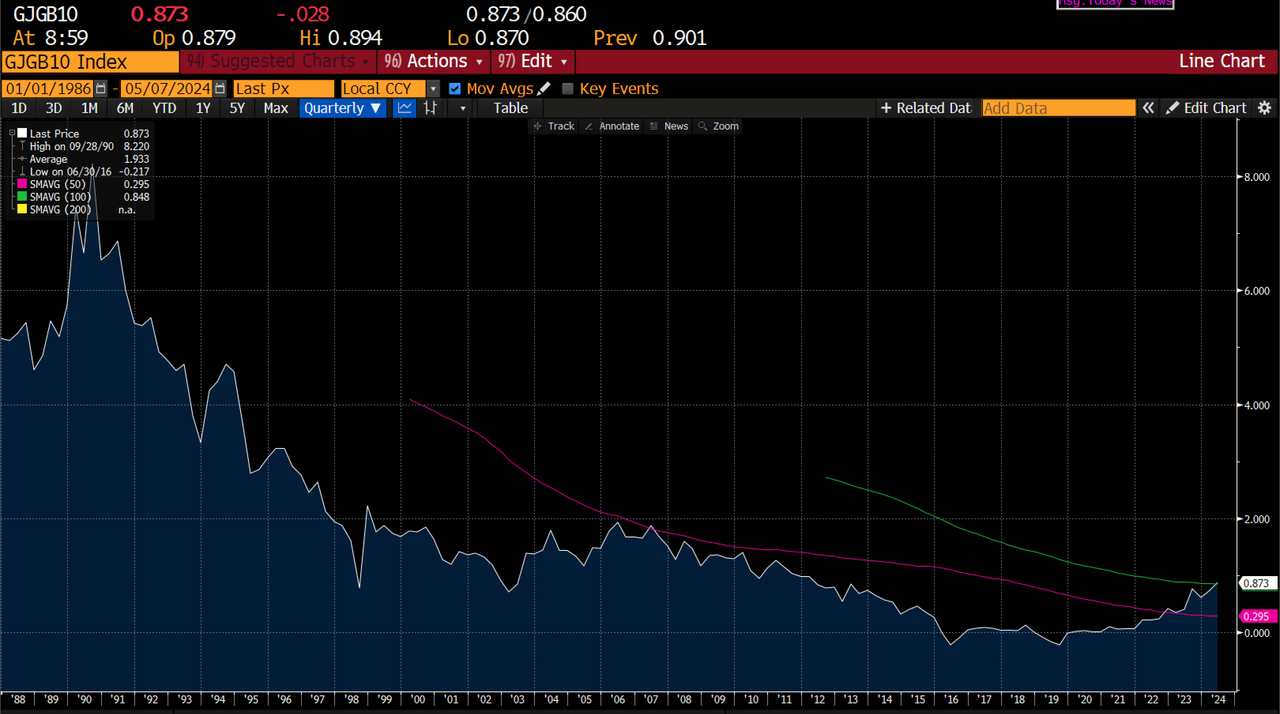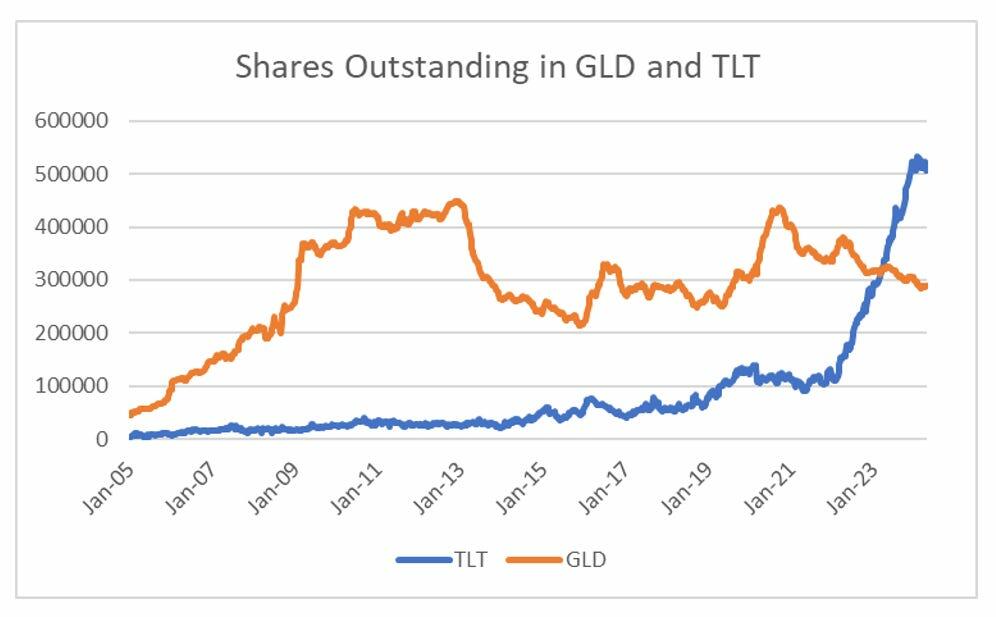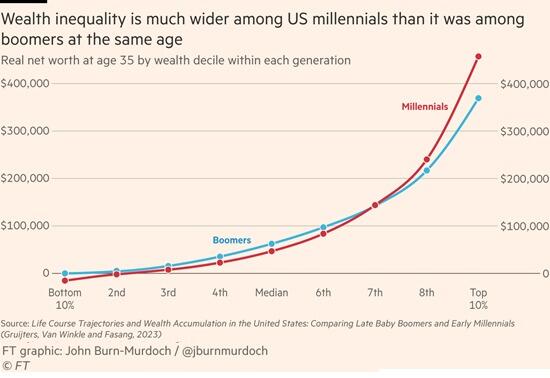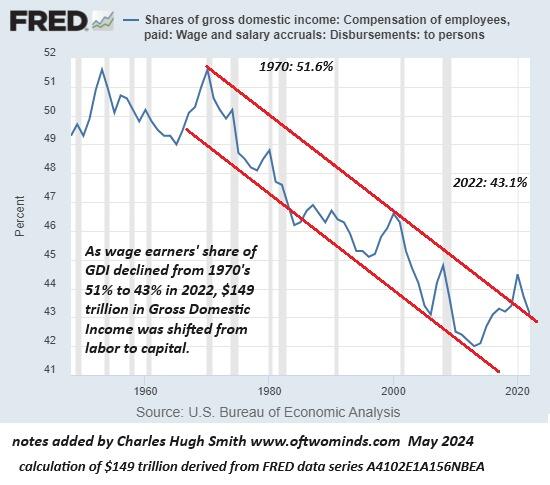Excellent resume of how we went from climate science to climate ideology.
The History of Carbon Dioxide (CO2) in the Climate Change Debate

There is a book that I wish was required reading for everyone engaging in the climate change debate: “Hot Talk, Cold Science: Global Warming’s Unfinished Debate” by astrophysicist Dr. S. Fred Singer. I have linked to a synopsis of the book on the Independent Institutes website in the references section of this post. I read this book in its first edition (published in 1997) not long after graduating with a Bachelor’s in Geoenvironmental Science and remember it left the following impressions then:
- The science presented appears to be in-line with all of my college coursework and research.
- That the human-race is often egotistical when it comes to derivation of solutions from often limited, flawed, biased, or constrained research knowledge.
- More unbiased scientific research is almost always needed before solutions can be formally proposed, evaluated, funded, and long-term investment can be made. We will not solve problems if we do not follow the science and we base decisions on ideology.
At the point of the publication of the first edition of this book, the Climate Change Debate - (then referred to as the ‘Global Warming Debate’) - most eyes were focused on the ever-looming hole in the ozone layer of the Earth. This hole was promoted in the media at that time to be something that could destroy earth as we knew it. It was doomsday talk. It was often cited as a reason we were seeing micro-fluctuations in climate events, why skin cancer cases were increasing, and why your beach vacation may need a re-think. The Ozone layer as a matter of fuel for the debate about ‘Global Warming’ disappeared - along with the hole in the Ozone layer.
At that time, I read research papers about solutions to this global problem including dumping things into the atmosphere using a form of ‘cloud seeding’ to close the ozone hole, similar to technologies at the time which were researched to increase rain or snowfall from clouds. My opinion then and my opinion now is that good things rarely come from human intervention in the environment, however, in the case of the Ozone hole it’s probably humans that did fix it, but even that is debatable in science. What we see as a problem might in actuality be normal on Earth’s time-scales, but we often see only on the scale of our own human time-on-earth scales.
A re-read of the 3rd edition (2021) of this book helped me understand a bit more about CO2’s role in the debate including:
- Since
the late 1970’s an increase in governmental policy shifts with the
desire to affect climate change have had no appreciable effect on CO2 emissions controls worldwide. As new nations develop, so do CO2 emissions. Therefore, the control of CO2 has
a direct influence on the potential economic development of third-world
countries as well as potentially positive or negative implications on
the environment regionally or globally. It is important to distinguish
here between the fact that ‘government policy cannot affect climate
change’ versus ‘government policy can affect climate change, however
current policies have been ineffective at doing so’. Historic policies
have had unnecessary detrimental effects on both the environment or
people in certain regions.
- Lobby organization funding
often drives policy which drives the approval for public funding or laws
which then fuels (pun intended) more bad policies which further tax
societies - potentially unnecessarily or with no net improvement towards
what the policy aims to achieve. This results in more control of the
economy and society by the government and other sister organizations.
- Climate change is not a problem of CO2
alone. If we think of all of the variables required to make our
atmosphere breathable, water drinkable etc. to allow humans to survive
here, it would result in a room full of finely-tuned knobs and levers
controlling millions of factors: Truly a fascinating miracle about
Earth’s existence as a habitable planet.
- Natural
variables such as water vapor concentrations, solar activity, cloud
cover, and ocean health have been left out of the mainstream factors
considered when it comes to climate change, even in this 2021 edition.
- We don’t know what we don’t know.
A lot of the data that is being used for the current climate debate and
policy changes is fraught with scientific debate, inaccuracies,
scientific estimates (i.e., educated guesses), and conspiracy.
- Until the 1990’s it was generally accepted scientifically that CO2 made up only a small percentage of greenhouse gas effects on climate and water vapor was the more influential factor.
- More research is needed. We still do not know enough about the CO2 cycle on the planet like how the ocean uptakes CO2, biology mass effects, mineralized storage of carbon, and how other CO2 sinks function. Upon reviewing the geologic history of our planet, it is clear that atmospheric CO2
levels play a role in the climate for the planet, but what is really
lacking is an understanding of the sensitivity of the Earth System to
changing levels of CO2 and, when does temperature change drive CO2
change, and what is the real role of clouds. We have a pretty good idea
how some solar and natural processes offset or reinforce human effects,
but quantitative research never hurts. Clouds in particular are the
largest fudge factor in trying to predict climate change in climate
models. Depending on the situation, clouds can reinforce or oppose
global warming.
- Since 2000, the book indicates that we
have not seen appreciable warming trends in any reliable data set
although other sources dispute this. The key point of interest is what
are the reliable data sets.
We do know from science that:
- It is generally accepted by scientists that levels of Greenhouse Gases in the atmosphere have increased as a result of human activities. From: CO2 burning of fossil fuels, methane which has doubled in the last 100 from natural and human made activities like landfills – and water vapor and let’s not forget the role of deforestation.
- A warming period from 1910 to 1945 was real and not human caused.
We still don’t know the exact cause. There are multidecadal climate
cycles that can influence climate such as the North Atlantic
Oscillation; however, this has not been quantitatively linked to the
1910 to 1945 warming period to create consensus as to why it happened.
- Warming trends in data from 1978 to 1997 are most likely not correct due to instrumentation
used and unreliable data sets including lacking or different
calibration methods amongst instrumentation used. Using this as an
argument predicting a future warming trend is therefore not precise. It
is not the warming trend which is in doubt but the amount and
significance. The problem with these earlier measurements is that the
measurement methods used back then, while not wrong, are such that it is
difficult to correlate their results with results from later
instrumentation and measuring methods. Both sets of data indicate a
clear upward trend but when you graph the later results with the earlier
results, it looks like there is a sudden disjuncture between the two
sets (the graph line jumps up while maintaining a similar trend).
Another key issue related to measurements is: do we have enough actual
data collection points related to atmospheric variables within our
global 3-dimension atmosphere and how is the data being corrected to
account for the role of the measurement station and surrounding
activities on the raw data.
- Global Climate Models have
been used since 1979 to predict future trends. It is known that older
models forecast more warming than occurs in real-world observations.
Models utilize a fudge factor that assumes a higher sensitivity of
climate conditions to CO2 concentration and then link this to
anthropogenic factors. In many cases, modeled outputs, not objective
facts or real world observation, are driving climate policy. It is
important to remember that model output is not actual data and does not
validate a hypothesis. A model is a mathematical representation of a
hypothesis and models do not generate new data. Modeled output can be
used to predict both historic and current conditions but that does not
mean that the actual modeled variables used as inputs are correct and we
can not forget that temperature increases may trigger more “natural CO2
production”. The challenge here is that historical model sensitivities,
instrumentation abilities, and variables selected for study vary from
interpretation to interpretation. The goal is always that empirical
models fit observable data with new data used to refine the model in
order to make it better at making predictions, but when it applies to
data, models, and reports that get sometimes overly simplified for
policy creation - the reality of the predictions is often lost.
- There are many benefits to humans in a planet that warms a little including benefits to agriculture.The excess CO2
could be exploited to promote photosynthesis to feed the growing
planet, but the potential downside is that opportunistic plants that we
classify as weeds may be more agile. The final result may be an increase
in overall photosynthesis that may not result in an equivalent level of
crop production and this may adversely impact productivity.
- The most reliable modern climate models for sea level rise data shows a steady increase of about 7 inches per century, but during the global temperature increase from 1910 to 1945, sea level did not rise at this rate indicating there is likely no correlation between air and sea temperatures on sea level rise, yet sea level rise is the main problem cited in mainstream media for solving the “problem” of and driving policies around climate change. In addition to sea level rise we also have erosion and subsidence. We need to spend time actually defining and understanding the root causes for problems before providing funding towards hypothetical solutions. These root causes may have multiple variables that include factors we can and can not control and may be related to past practices, such as paving the planet, building on unstable land, historic filling of wetlands, poor land-use practices, and changing land-use.
The History of the CO2 debate with regard to climate change:

- In 1824 Joseph Fourier discovered that certain gasses of minor concentrations in the Earth’s atmosphere (like CO2) could prevent the escape of heat (infrared) radiation from the Earth’s surface - like a greenhouse, a concept which became the “Greenhouse Hypothesis.”
- In 1896 Svante Arrhenius, a chemist, published a paper calculating the potential rise in temperature based on this “Greenhouse Hypothesis.”
- In 1938 G.S. Callendar, a British steam engineer, asserted that the global temperature rise since the 1890’s was due to CO2; however, other scientists at the time dismissed these ideas.
- In 1942 a textbook by T.A. Blair “Climatology: General and Regional” states that man does not influence climate except on a local basis for a certain period of time.
- In 1951 the “Greenhouse Hypothesis” was dismissed by Thomas F. Malone’s research indicated that heat radiation supposedly absorbed by CO2 was already absorbed by water vapor.
- By 1955 there was not much support for the “Greenhouse Hypothesis” with arguments that the ocean as a carbon sink would instead act like a sponge removing the effects of burning fossil fuels.
- In 1956 Gilbert Plass, a physicist at Johns Hopkins identified flaws in Malone’s 1951 research that did not account for pressure effects in the atmosphere and pointed out that global temperature increases were of natural causes.
- In 1957 data by Charles David Keeling and Roger Revelle - “The Keeling Curve” - showed a steady upward trend in CO2 in ice cores that matched pre-industrial concentrations; however the curve combined data from different instruments with different accuracy levels.
- Also in 1957 Revelle and Suess began investigating the ocean sponge effect of absorbing CO2
- .
Revelle, called “The Father of Greenhouse Warming.” found that much of
the fossil-fuel burning products were remaining in the atmosphere and
that time would be the grand experiment to reveal the consequences of
human effects on the atmosphere.
- In 1971 a NASA team estimated the ECS (Equilibrium Climate Sensitivity) of CO2 from which they extrapolated that if CO2 were to double in the atmosphere, the global average temperature would increase from 0.6 °C to 0.8 °C over 1,000 years due to water vapor feedback. That feedback would work as follows: more atmospheric CO2 leads to higher temperatures which means the atmosphere can hold more water vapor. Water vapor, like CO2, is a greenhouse gas so more atmospheric water vapor leads to higher temperatures in a positive feedback loop.
- A 1975 paper by Revelle pointed out the beneficial effects CO2 has on agricultural yield.
- From 1975 to 1980 global temperatures began to rise quickly and we still do not know why.
- In 1978 there was a sense that Global Cooling
was the main problem and that a coming Ice Age and return of the
Glaciers was the largest threat to humankind on the planet. This was
related to the long-term Milankovitch Cycles which were, and still are,
promoting global cooling. In North America there was an extremely long
and cold winter in 1977-1978. My sister and I were there in Northeastern
Pennsylvania! It was a great year for snow forts along with fears of global cooling.
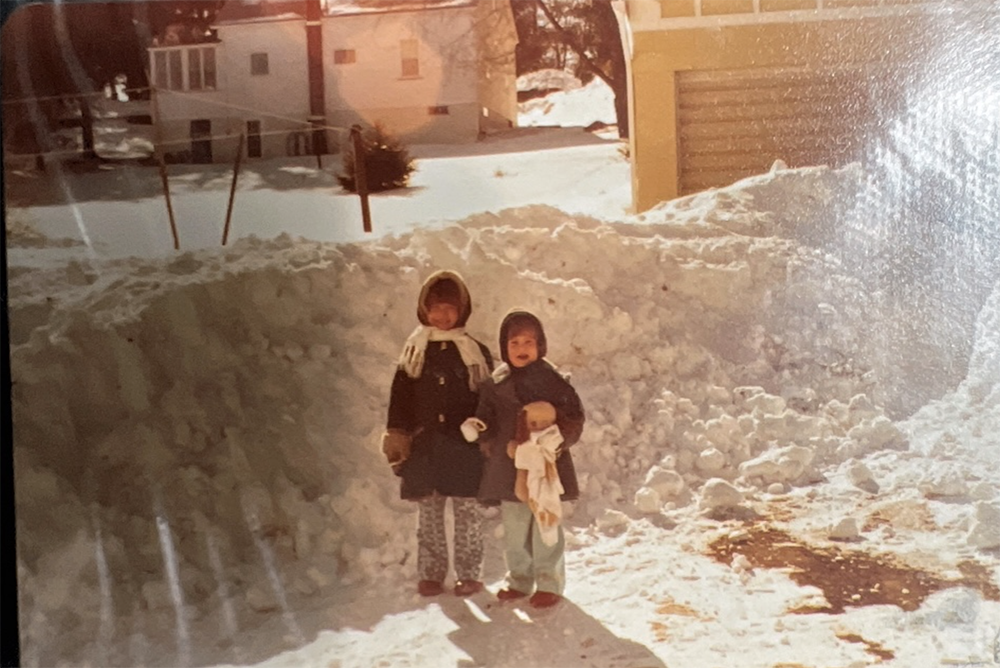
- In 1979 a National Academy of Sciences Study Group on CO2 determined that the global temperature increase on Earth from a doubling of CO2 would likely not be measurable. However, in combination with water vapor feedback, such a doubling may result in surface temperature increases of 1.5 to 4.5 °C.
- In the late 1970’s and 1980’s research pointed to the fact that air temperatures in the Northern Hemisphere had been dropping since about 1940. Some scientists thought an ice-age was coming, possibly due to aerosols from burning coal, but this work was largely ignored.
- In 1980 the global cooling debate was replaced by research fears of global warming but there were still scientists pushing the global cooling hypothesis. In fact one of the reviewers of this article attended a presentation at Tufts University where a speaker stated that if we do not act now the climate would significantly change and by the year 2020 the state of Pennsylvania would be TUNDRA. (Oram, Brian; 2023).
- In 1984 Revelle was optimistic, not alarmist, about climate change.
- In
1988 a very hot summer and drought destroyed crops in the US and during
a Senate committee chaired by Al Gore, a NASA scientist, James Hansen,
announced he was 99% sure that climate change was here.
- In 1990-1992 Aerosols came back on the scene in climate change debates.
- In 1991 Revelle (since deceased) and Singer co-authored an article with Chauncey Starr acknowledging the increase in Greenhouse Gases in the atmosphere, but with much still unknown in climate models to accurately predict the future. This article caught the attention of Al Gore and it became debated whether Revelle actually co-authored it.
- In 1985-1987 politics took over the climate debate.
- In
1992 the Earth Summit in Rio de Janeiro saw an updated 1990
Intergovernmental Panel on Climate Change (IPCC) report. At this time
President George H.W. Bush brought the US into the debate. The UN’s
climate change thinking at the time, called the Framework Convention on
Climate Change (FCCC), was based on Greenhouse Gas theories. FCCC
encouraged the spending of trillions of dollars to try to curb climate
change against what scientists like Revelle and Singer had indicated
would work. Some countries ratified the FCCC at this time others did
not.
- In 1995 the countries that ratified the FCCC met in Berlin and produced a mandate for implementation of the FCCC.
- In
1996 the countries that ratified the FCCC met again in Geneva and
accepted the main conclusion of a “discernible human influence on
climate” as final and started to make action plans and emissions
controls.
- The 1997 Kyoto Protocol re-invigorated the 1992 UN Framework Convention on Climate Change (FCCC) policies around CO2 globally, but these policies never reduced CO2 emissions, possibly because the policies were never implemented sufficiently to cause change.
- Many
other meetings between governments on climate policy took place between
1997 and 2015, including the 2015 Paris Agreement meeting.
- The challenge now is whether it is science driving the facts around these policy agreements or politics and ideology.



